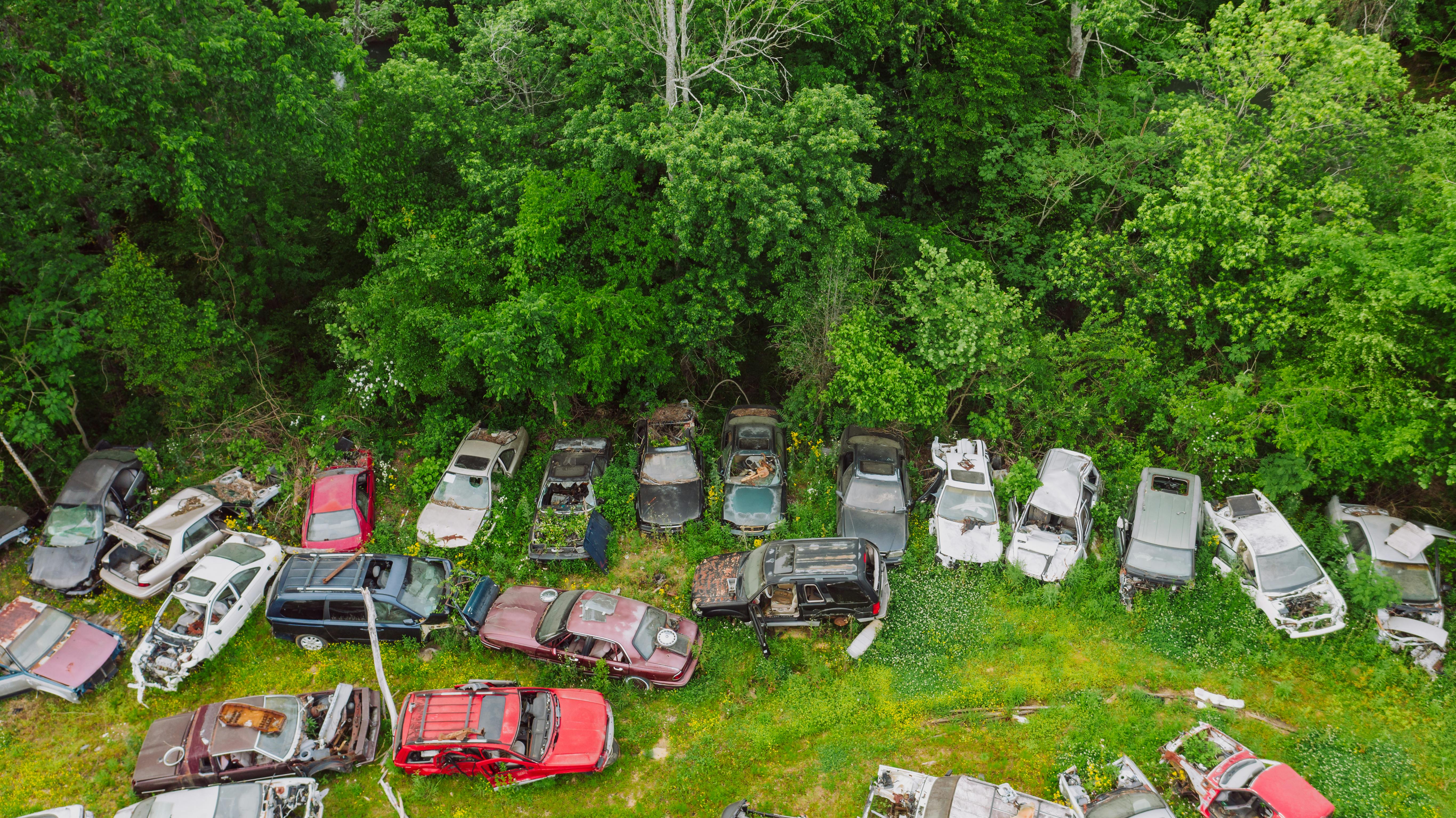The Aston Martin DB2 / 4 Mark 1 and 2 – A close look at this sports car including used performance, technical data, features, rivals comparison, history and prices.
From classic to modern
The Aston Martin DB2 / 4 Mark 1
CAR
In 1953, the DB2 sports car, the best-selling Aston Martin to date, was replaced by the Aston Martin DB2 / 4 Mark 1, priced at £ 2,621, which was offered as a Drophead Coupé, a 2 + 2 Hatchback Saloon. and a small number of Bertone-designed Spider convertibles.
It had an aluminum body with a curb weight of 1,195 kg, and the first cars were prepared by the legendary bodybuilder Mulliner, although in 1954 it was changed to the Tickford Company.
By modifying the area around the rear axle, it was possible to introduce two rear seats along with an increase in the rear roof line and turn the rear section into a hatchback.
Additions included the use of a wraparound windshield, separate bumpers, and elevation of the headlight position.
When production of the Mark 1 ended in 1955, a total of 565 Mark 1s had been built, of which 102 were Drophead Coupes, 458 Saloons, and the remaining 5 were Spiders.
THE MOTOR
The Mark 1 sports car was powered by the same engine used in the DB2 Vantage, and consisted of a 2.6-liter, DOHC, in-line six-cylinder Lagonda unit developing 125 bhp at 5,000 rpm and 144 ft / lbs of torque at 2400 rpm.
Equipped with a four-speed manual gearbox, it produced a top speed of 111 mph, with a 0-60 mph time of 11.5 seconds.
However, in early 1954, both the Sedan and Drophead Coupe were equipped with the larger 2.9-liter DOHC Lagonda inline six-cylinder engine developing 140 bhp at 5000 rpm and 178 ft / lbs of torque at 3000 rpm.
Maintaining the same gearbox and equipped with two SU HV6 carburettors, it produced a top speed of 190 km / h, with a 0 to 100 km / h time of 9.7 seconds.
It used hydraulic drum brakes throughout, and now there was a marginal weight increase to 1210 kg.
The Aston Martin DB2 / 4 Mark 2
CAR
Also in 1955, Aston Martin released the Mark 2 version.
External styling changes included the addition of small fins at the rear, different taillights as used on the Morris Minor, and an increase in the use of chrome.
A new two-seater Fixed Head Coupé variant was introduced, retaining the Drophead Coupé, although only 34 units were produced with handcrafted bodies by the Tickford Company, which had been acquired by David Brown in 1954.
As part of a special order, three of these chassis were sent to the Italian bodybuilders Carrozzeria Touring to create the Spider variant.
By the time production of the Mark 2 ended in 1957, a total of 199 units had been built, of which 146 were Saloons, 34 Fixed Head Coupes, 16 Drophead Coupes, and 3 Spiders.
THE MOTOR
As an optional extra, the Mark 2 sports car was equipped with the more powerful version of the 2.9-liter Lagonda engine, which featured larger valves, and the compression was increased to 8.6: 1.
This allowed the output to increase to 165 bhp and produced a top speed of 120 mph, with a 0-60 mph time of 9.3 seconds.
COMPETENCE
The following sports cars were typical of the competition for the DB2 / 4: Jaguar XK140, Maserati 3500GT, Maserati A6HG, and BMW 507.
SPORTS CARS FOR SALE
An Aston Martin DB2 / 4 in good condition would cost around $ 120,000 / £ 75,000 to $ 250,000 / £ 150,000, while a really excellent example would cost around $ 500,000 / £ 300,000.
This concludes my Aston Martin DB2 sports car review
